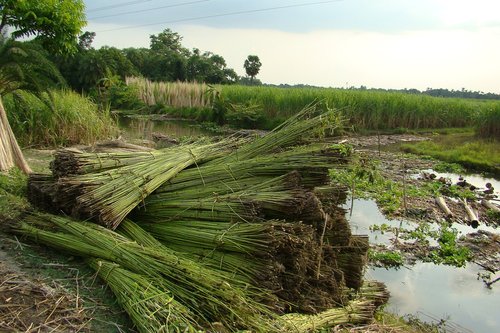
6 min read
The Provenance of Craft: Natural Materials and Their Cultural Roots
WLLW traces the deep roots of natural materials used in artisanal crafts and their role in healthy and sustainable design.
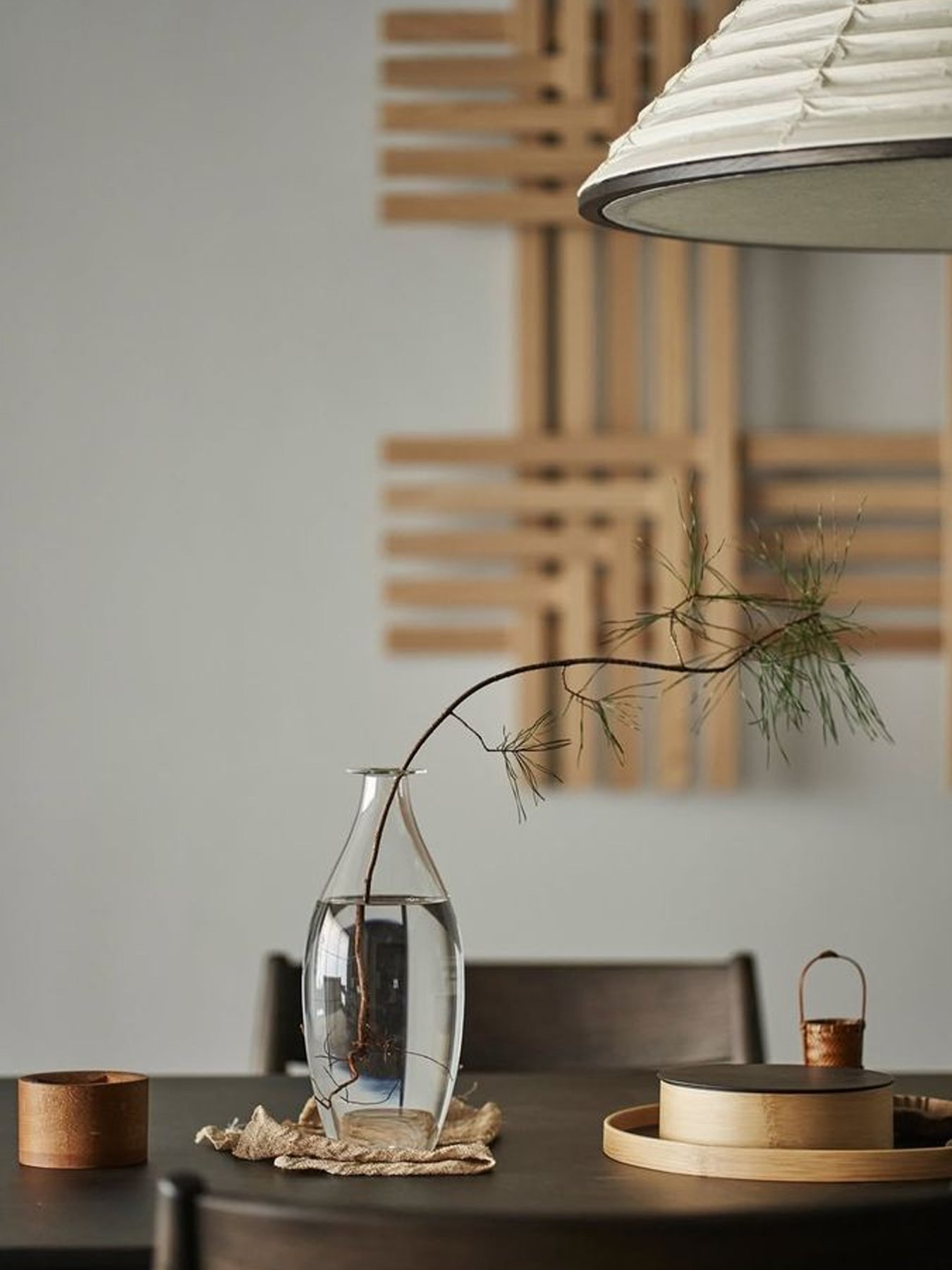
5 min read
From ancient temples to handcrafted objects, Japan’s connection to trees reveals a philosophy of care and reciprocity.
There is something about trees that has been a grounding force for humanity for millennia. They have a presence that transcends time, standing in quiet resilience as generations pass beneath their branches. In Japan, trees are not merely part of the landscape; they are part of the spiritual and cultural fabric of daily life. Each spring, delicate clouds of cherry blossoms wash the country in soft shades of blush and white, a fleeting spectacle that draws crowds beneath their petals to reflect on beauty, transience and renewal. Towering cedars guard ancient shrines, gnarled pines cling to cliff edges, and forests of cypress fill the air with a clean, calming scent. This quiet reverence for trees is deeply embedded in Japanese life. In this article, the first in a new series, we consider how communities around the world cultivate meaningful connections with the natural materials that shape their lives, and we’re beginning in Japan and by looking up.

Among Japan’s most revered trees are the towering cedars, ancient pines and the fragrant cypress known as hinoki – one of the Five Sacred Trees of Kiso. These trees are treasured not only for their beauty and longevity but for their spiritual symbolism and enduring presence in daily life. Hinoki, with its pale color, fine grain and gentle scent, has long been used to build temples, shrines, baths and homes, chosen for its purity and calming properties. During the Edo period, its value was so immense that cutting one down without permission was punishable by death, a practice summed up in the saying, “one head for one tree.” To walk among these forests or to hold an object crafted from their wood is to feel a connection to something older and wiser, a rhythm of life that moves slowly, deliberately and with deep respect.
"There is something about trees that has been a grounding force for humanity for millennia. They have a presence that transcends time, standing in quiet resilience as generations pass beneath their branches."
The concept of shinrin-yoku, or forest bathing, emerged from this deep-rooted respect for the natural world. It encourages immersion in the forest as a form of healing, with studies showing measurable benefits to both mental and physical health. The act of walking through the woods is more than exercise; it is a ritual of connection. This reverence for trees extends into folklore, literature and everyday art forms. Writer Lafcadio Hearn, who introduced a lot of Japanese culture and literature to the West, recorded fables like ‘The Cherry Tree of the Sixteenth Day’ in his classic book Kwaidan, published in 1904. Trees and nature are also central to Shinto, a religion that originated in Japan, which holds that spirits inhabit trees that reach one hundred years of age. These tree spirits, known as kodama, are believed to give each tree its own personality, a presence that is to be respected and never taken lightly. The Japanese love of bonsai – carefully cultivated miniature trees that embody balance, patience and harmony – reflects the same intimate relationship with nature on a smaller scale, bringing the forest’s presence into the home.

In the forests of Kiso, this respect for trees is not just tradition, it is a living practice. Local craftspeople and organizations like Kiso Lifestyle Labo, a woodworking wing of Tokyo-based Tree to Green, strive to keep these forest traditions alive. By collaborating with other artisans and forest stewards, they help ensure that sacred woods such as hinoki are used thoughtfully and sustainably, guided by the principle of mottainai, the belief that nothing should be wasted and everything deserves respect. Their efforts are part of an ongoing dialogue between people and nature, one that continues to shape both craft and culture.
This relationship with trees is far from passive. In Japan, there is a long-standing practice of satoyama, the careful management of the interconnected mosaic of ecosystems, ranging from forests and fields to human settlements. Communities tend to forests with precision, knowing when to fell trees and when to let them stand. The wood is used respectfully, and replanting is a given. This cycle of care has persisted for generations, reinforcing the belief that humans and nature are partners rather than conquerors and conquered. The impact of this stewardship is visible in the architecture and daily objects found across Japan. Traditional wooden buildings are constructed without nails, using joinery techniques passed down through centuries. Each beam and plank is selected for its unique grain and strength, and the result is structures that can endure earthquakes and the passing of centuries. In temples such as Hōryū-ji, one of the oldest Buddhist temples in the world, the silent strength of wood endures, encapsulating the wisdom of those who used it to build.
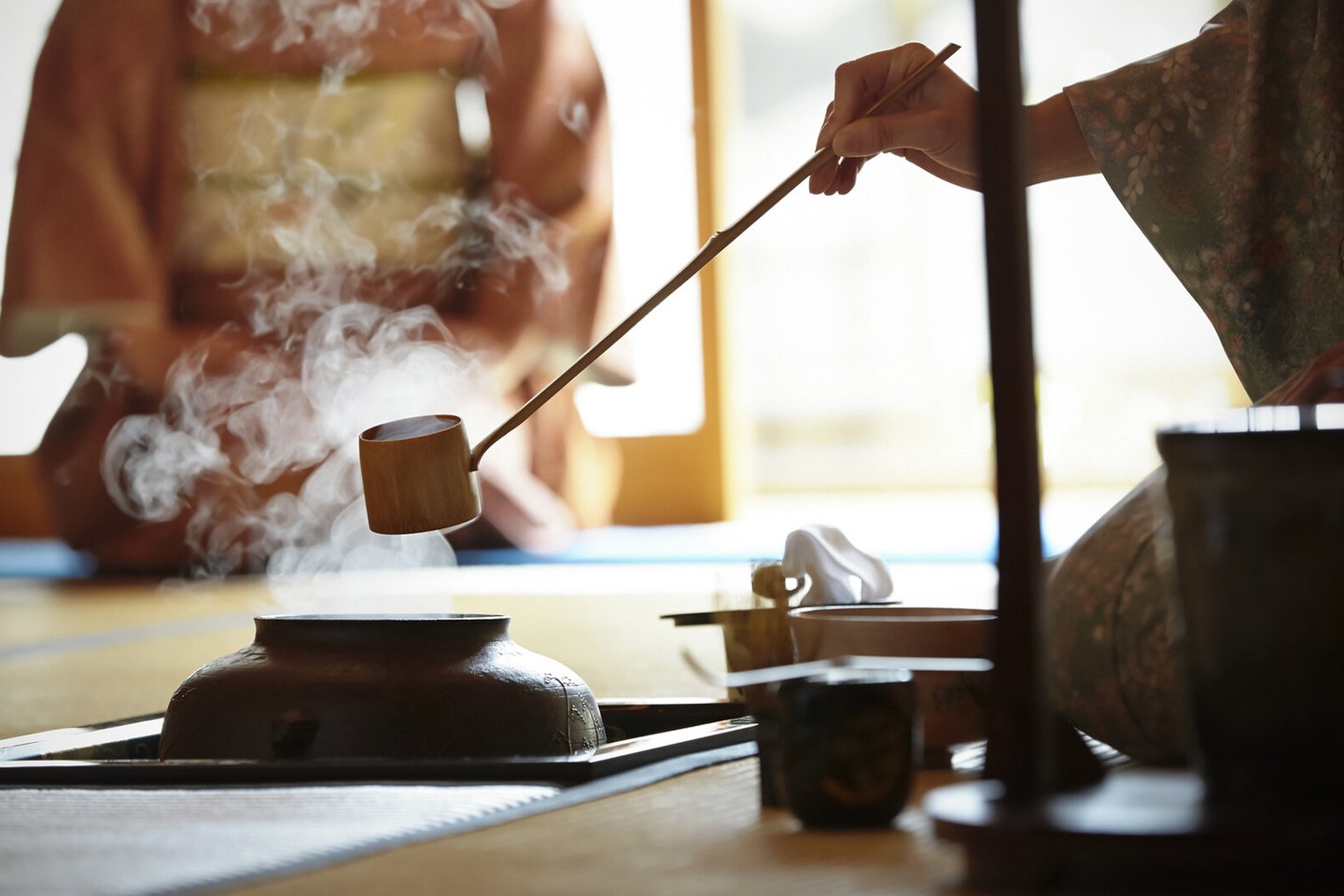
But the connection to trees goes beyond the monumental. Everyday rituals also honor wood and its origins. Wooden bento boxes, combs and utensils are crafted with care and often given as heirlooms. The Japanese tea ceremony, too, is steeped in wooden artistry, from the carved chashaku (tea scoop) to the lacquered trays and boxes that carry the tools of the ritual. Each piece reflects the harmony between human touch and natural material. This connection to trees is not exclusive to Japan, but the nation’s particular blend of tradition, artistry and environmental guardianship makes it a compelling example. It shows us that materials are not simply commodities; they are part of an ongoing relationship between humans and the earth. When we are mindful of that relationship, we build not just objects or structures, but legacies. In more modern times, designers and architects continue to draw inspiration from Japan’s forest heritage. Shigeru Ban’s works, for example, demonstrate how wood can be reinterpreted for contemporary needs, maintaining its warmth and organic presence while embracing innovation. The use of wood in urban environments softens the hard edges of concrete and steel, offering moments of peace amidst the rush of city life.
As climate change and environmental degradation threaten ancient forests around the world, Japan’s relationship with trees offers valuable lessons. Sustainable forestry, respect for materials, and the understanding that nature must be nurtured in order to give back; these are principles that could reshape how we live. Even in the aftermath of unimaginable devastation, nature shows its will to endure. After the atomic bombing of Hiroshima, a weeping willow standing just 0.2 miles from the hypocenter, though felled by the blast, sent up new shoots directly from its charred roots. Hibakusha, survivors of the bomb, have shared that the resilience of these hibaku jumoku, or the ‘survivor trees’, gave them hope that life, too, could return to the city. But resilience has its limits. Without care and reciprocity, even the strongest roots can fail. The Japanese example urges us to approach the natural world with humility and respect and to act with gratitude rather than greed.

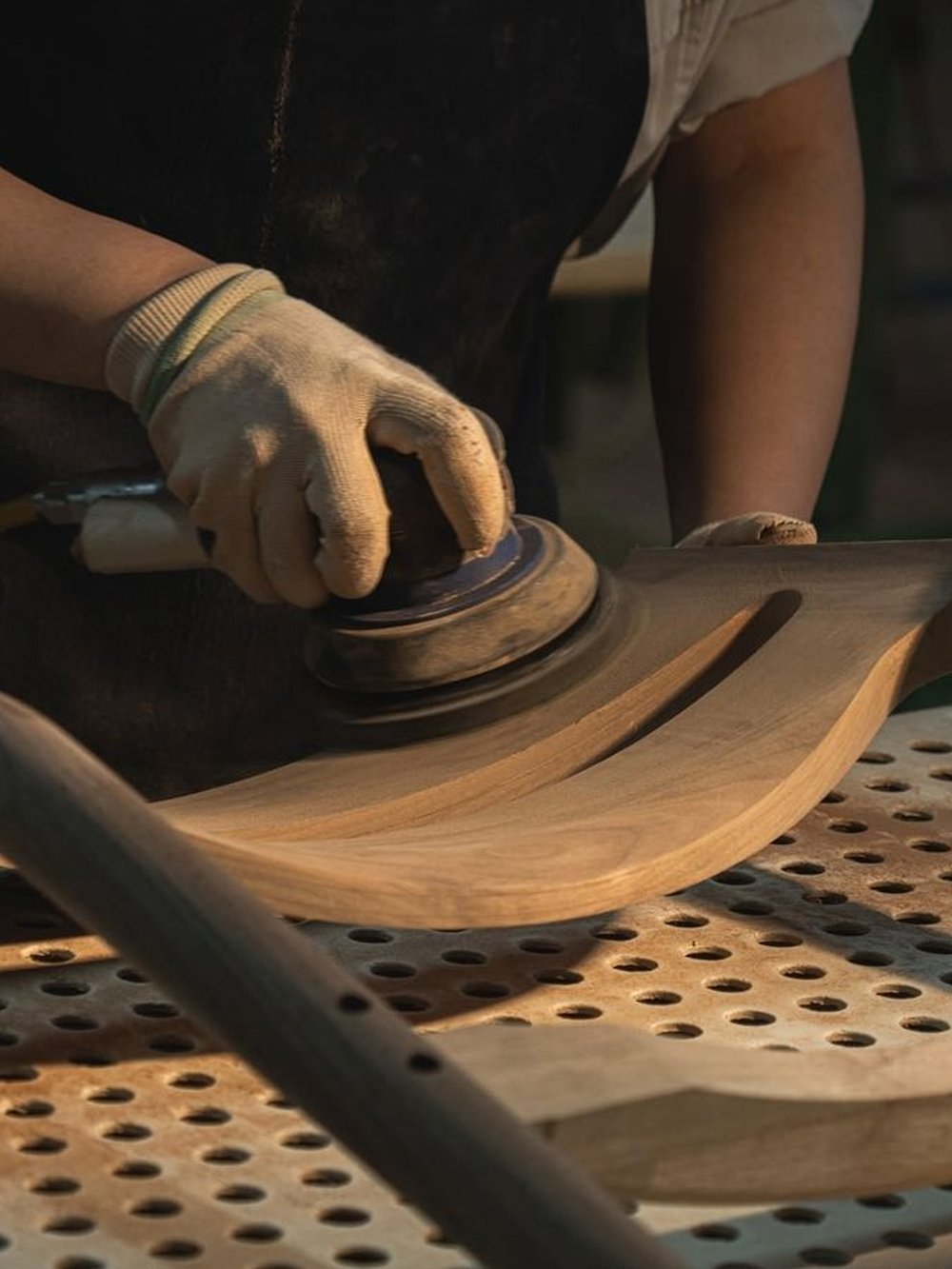
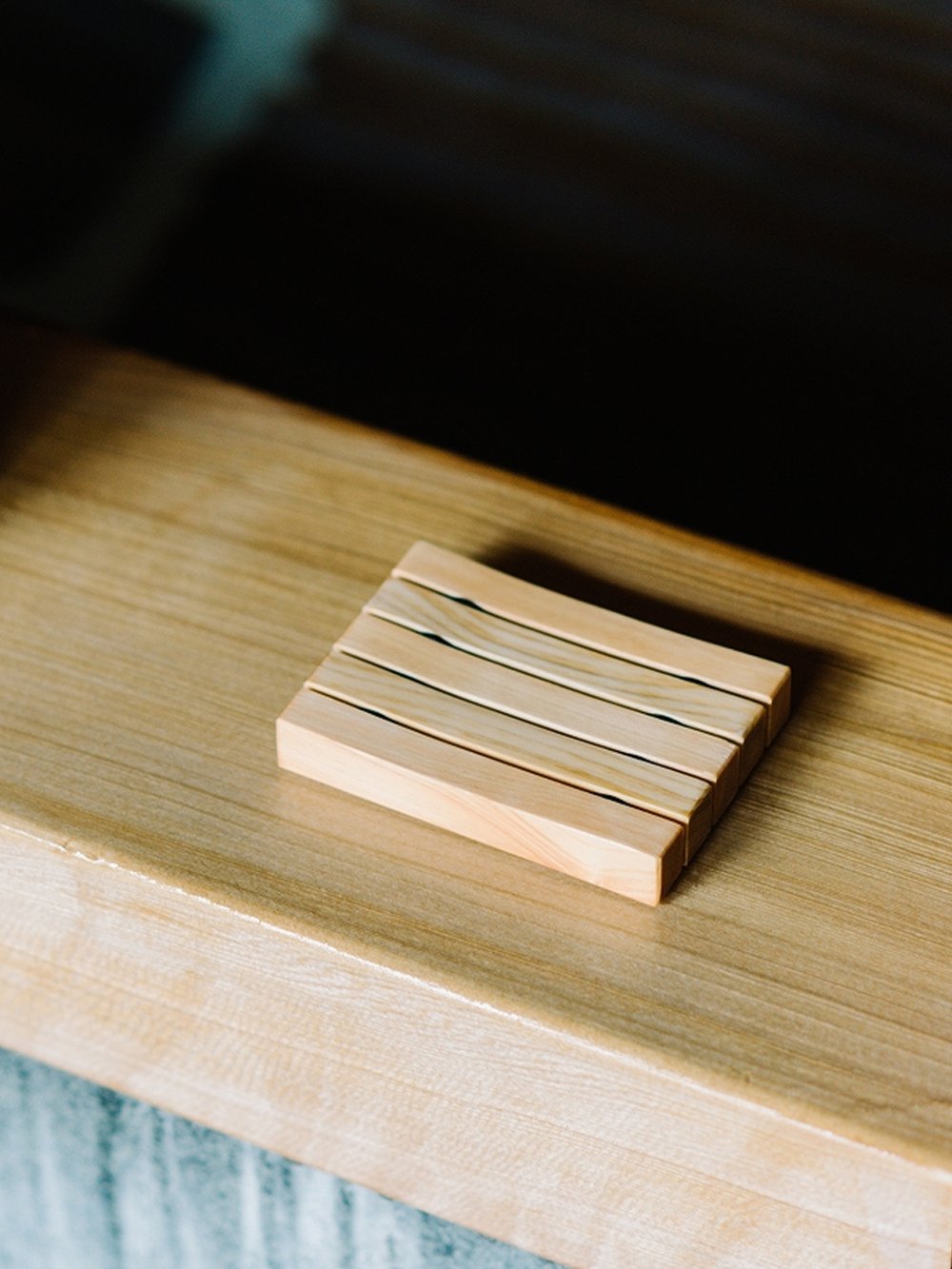
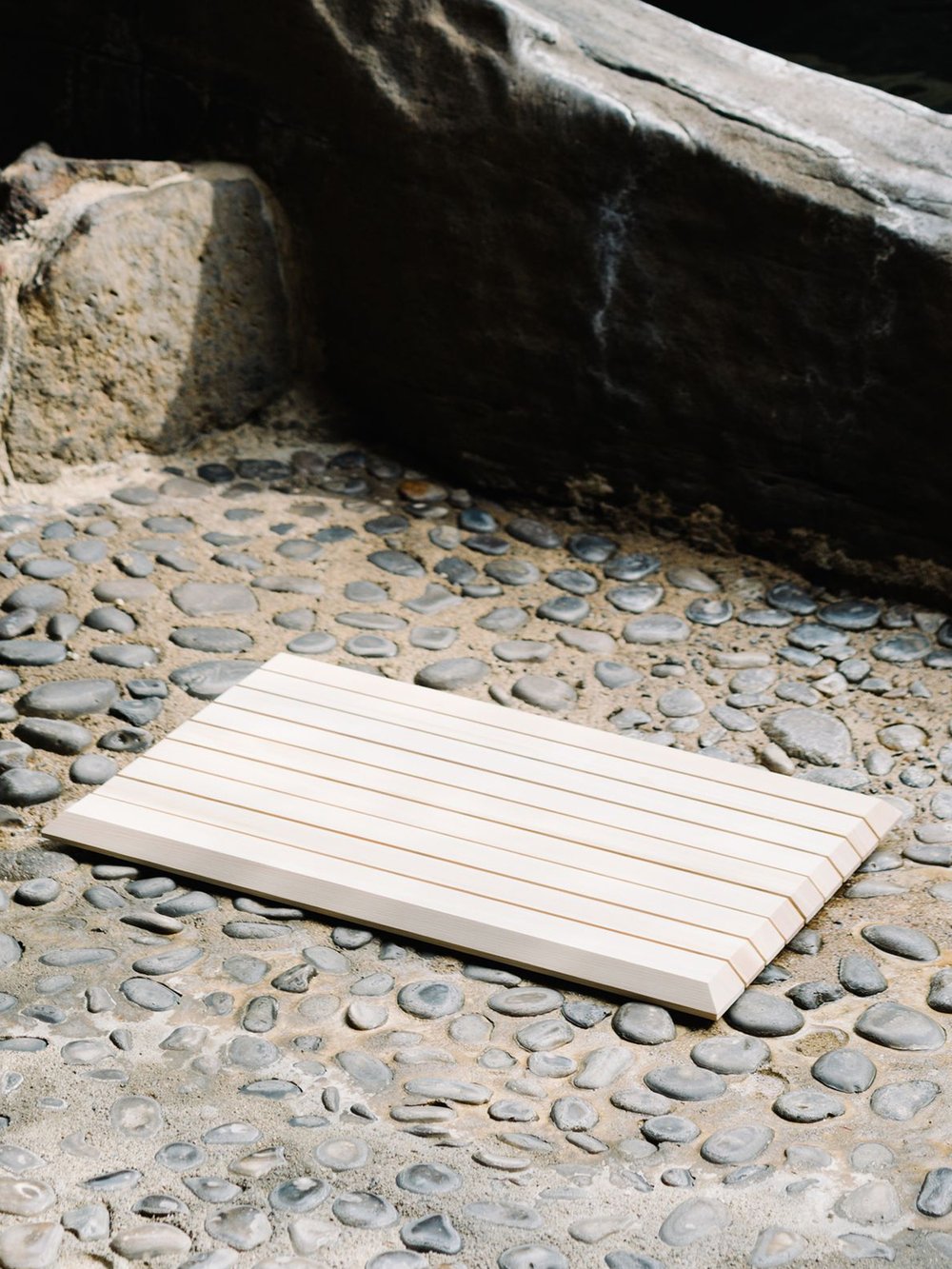
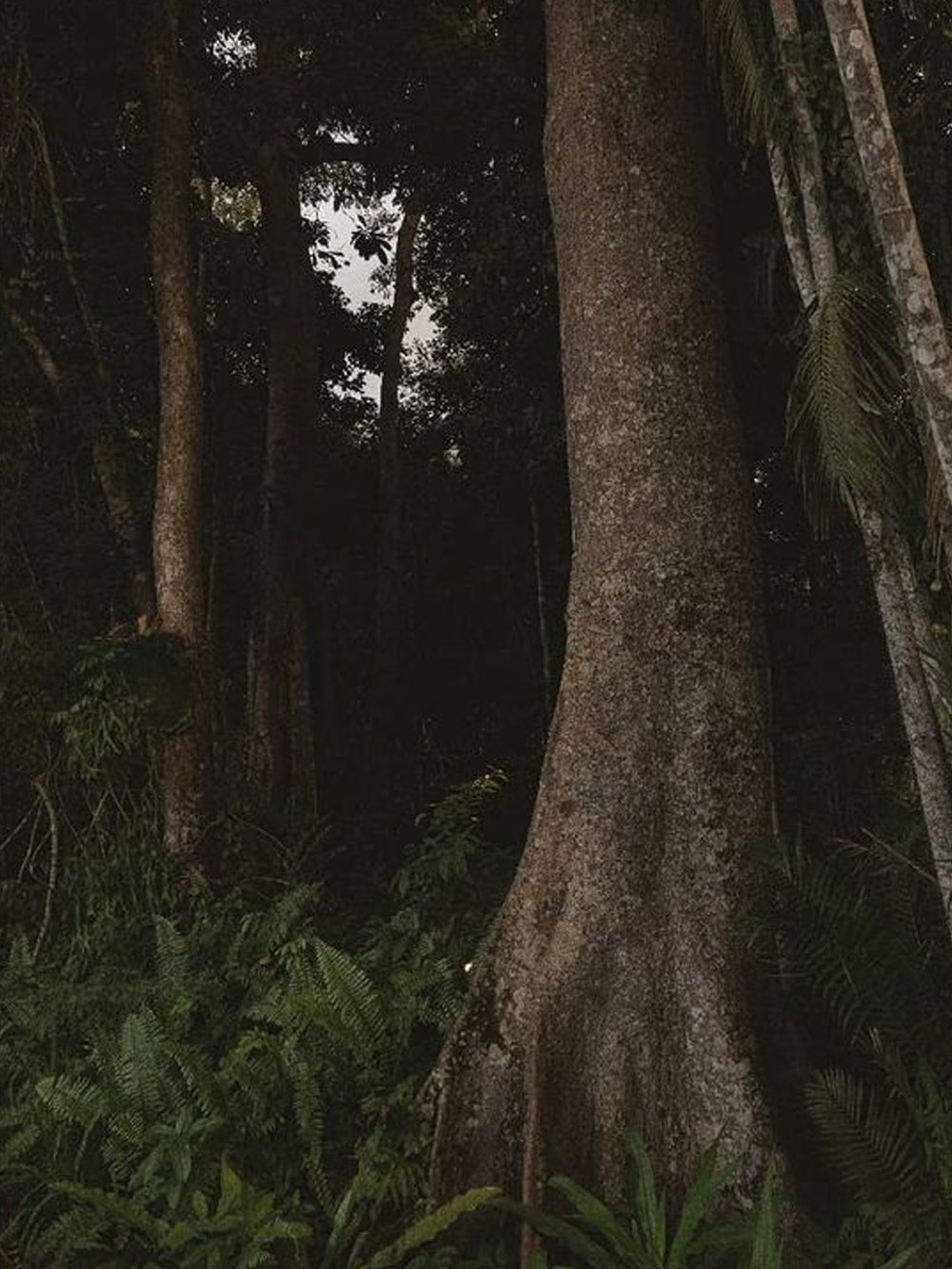
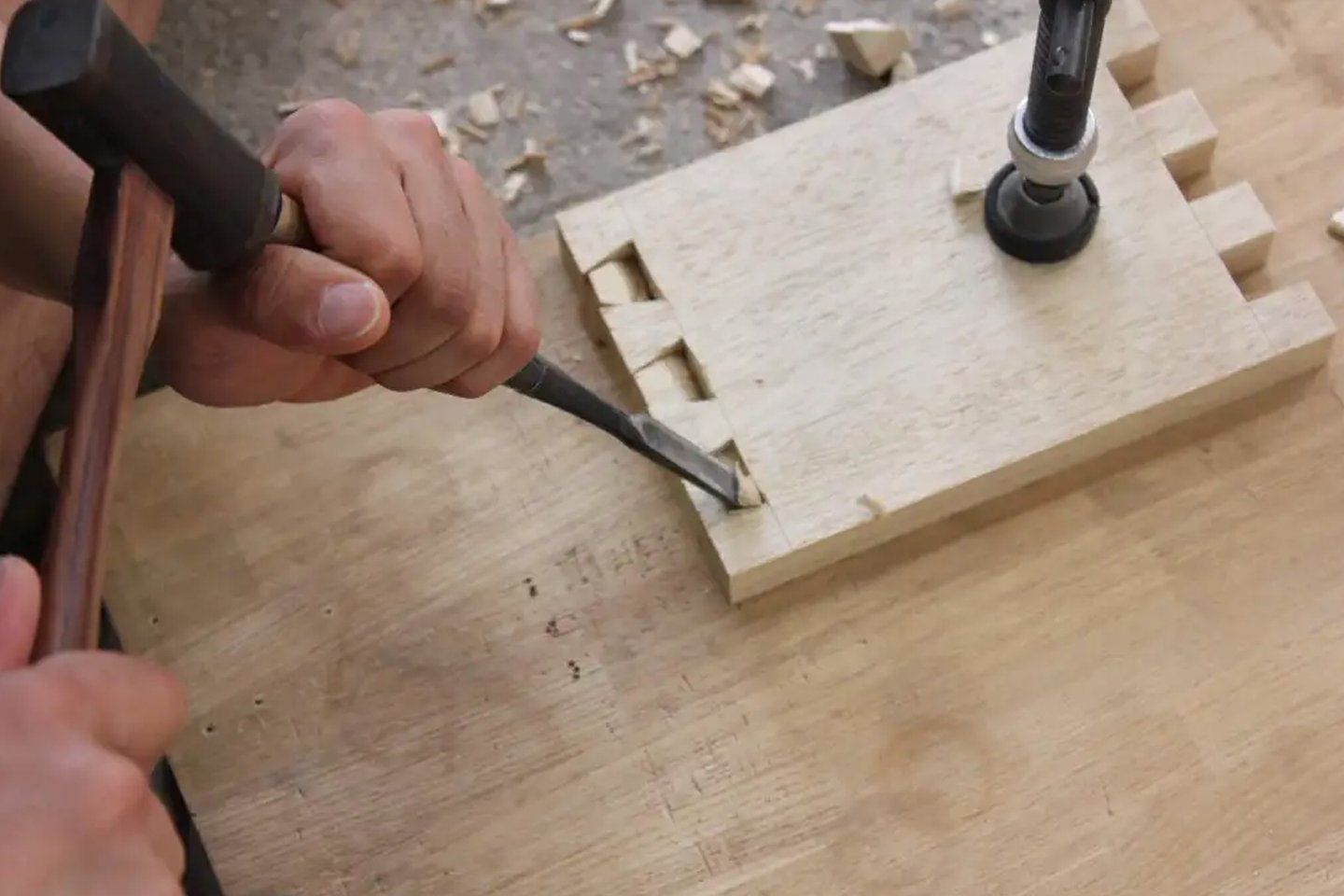
Feature Image: Masaaki Inoue
Photography: Japan House, Kenta Hasegawa, Japan Woodcraft Association, Jonas Bjerre-Poulsen and Nacása & Partners Inc., Tomooki Kengaku, Kiso Lifestyle Labo

6 min read
WLLW traces the deep roots of natural materials used in artisanal crafts and their role in healthy and sustainable design.

5 min read
Amid automation and instant gratification, craft reconnects us to materiality, history and intention.